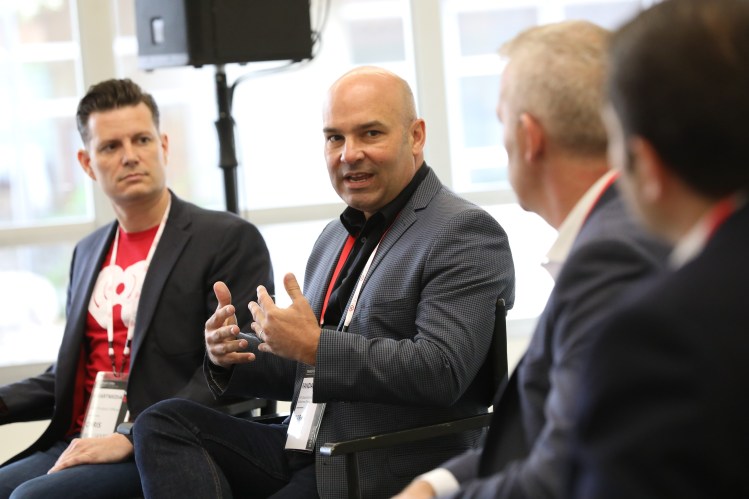Watch all the Transform 2020 sessions on-demand here.
Google Home users got a surprise last year when their interactive microphone devices played what sounded like an ad for the live action Beauty and the Beast film starring Emma Watson. Some who heard the ad commented that they had never shown any interest in the movie.
The occurrence was an early preview of a challenge businesses can expect as voice interaction becomes more of a default than a novelty: Branding in voice settings is hard.
This is something radio broadcast company iHeartMedia is trying to solve with artificial intelligence. The key, chief product officer Chris Williams said at VentureBeat’s Transform 2018 conference, is bringing in branding and ads “in a way that is not disruptive to the experience.”
“I think the reason it’s jarring,” said Williams, referring to the Beauty and the Beast ad, “is it’s not respectful of the source material.”
June 5th: The AI Audit in NYC
Join us next week in NYC to engage with top executive leaders, delving into strategies for auditing AI models to ensure fairness, optimal performance, and ethical compliance across diverse organizations. Secure your attendance for this exclusive invite-only event.
In the case of a Google Home device, that source material could be a user’s habits. If the user tends to ask for the latest headlines or traffic conditions in the morning, and doesn’t tend to seek out information on new movies, a snippet about a film release might seem odd.
For iHeartRadio, the source material is music and podcasts. Streaming has normalized a few seconds of silence between pieces of audio — something that, in traditional radio, would spur listeners to move on to a new station.
iHeartRadio is using artificial intelligence to figure out the best way to use that space to stitch together transitions. After a Taylor Swift song, a piece of audio in Taylor Swift’s voice might be an appropriate insertion.
“And now I have interstitial pieces in there that are helping to brand,” said Williams.
You also want to be sure you’re not cutting things off at the wrong place. You don’t want to clip a podcast in the middle of a sentence.
Another complication: A branding strategy that works on one platform may not work on another. iHeartRadio doesn’t “own” the users who connect with it through an Amazon Echo, for example, said Williams.
“It requires us to think about our product completely differently than our dedicated app,” he said. “I don’t own that user. I’m borrowing the real estate from Alexa.”
Branding in voice settings will become a more prevalent challenge for companies as users become more accustomed to talking to their devices. Mark Young, senior vice president of global strategy and business development at online movie ticket seller Fandango, said people will expect devices to be voice-controlled the way they’ve come to expect touch screens.
“Everything will have to be voice enabled or it’s a ‘dumb’ thing,” he said.


